The legalisation of recreational cannabis in Washington State represents a significant shift in drug policy, with far-reaching consequences for public health, social dynamics, and policy frameworks. Following the voters’ decision in November 2012 and the subsequent opening of cannabis retail stores in July 2014, researchers have dived deep into measuring the outcomes of this historic move. This article takes a closer look at the cannabis effects in Washington and how retail availability plays a pivotal role in shaping health and societal outcomes.
Cannabis Legalisation in Washington
Legalisation of recreational cannabis signalled not just a policy reform but also a new cultural and economic reality for Washington residents. Backed by a stringent regulatory framework and funding for comprehensive research, the landscape of cannabis consumption and its impact began to emerge in new clarity.
From 2014 to 2016 alone, the prevalence of cannabis use increased markedly, from 25.0% to 31.7% among adults. Intriguingly, adults aged 50 and older represented a significant portion of this increase. While cannabis legalisation aimed to introduce regulation and safety, the effects of increased consumption raise complex questions about its broader implications.
Cannabis Retail Stores and Economic Disparities
One of the less immediately visible outcomes of cannabis legalization, however, was the noticeable clustering of retail stores in economically disadvantaged areas. Moreover, research has highlighted that proximity to cannabis retail outlets is closely linked to more frequent use, thereby sparking concerns about access inequality.
In addition, socially disadvantaged neighborhoods often experience higher exposure to products associated with potential harm and addiction. Consequently, this creates a new layer of challenges in achieving equitable outcomes. Therefore, these findings underscore the pressing need for thoughtful and comprehensive policy approaches to guard against such unintended consequences.
Secondhand Harms and Their Social Impact
Cannabis legalisation’s ripple effects extended beyond individual users. Research revealed that approximately 8.4% of individuals in Washington reported secondhand harms due to others’ cannabis use. These harms ranged from strained family relationships and financial issues to incidents of harassment, assault, and impaired driving.
While cannabis’ risks when consumed directly are often discussed, these communal impacts demand greater public attention. They highlight important considerations for balancing individual freedoms with collective wellbeing.
Co-Use of Cannabis and Alcohol
The risks associated with the simultaneous use of cannabis and alcohol emerged as an essential area of study. While co-using appeared relatively common among users, it came with heightened risks, including increased instances of cannabis-related harms.
This interplay between substances underscores the need for businesses and communities to invest in educating users about such combinations’ added risks. Clear labelling and public awareness campaigns are vital for minimising harm.
Public Health Implications of Retail Store Density
A surprising finding from the research was the connection between higher cannabis store density and some unexpected public health outcomes. Data suggested lower rates of accidental and opioid poisoning mortalities in areas with greater cannabis retail availability. This aligns with emerging theories that cannabis may act as a substitute for opioid usage.
However, further investigation is needed to fully understand these dynamics, particularly given the lack of significant links between retail availability and indicators like motor vehicle accidents, homicide, or suicide rates.
Equitable Policies for the Future
The study’s results make one thing clear: cannabis legalisation in Washington has produced a mix of advantages and challenges that require ongoing monitoring and refinement. Equitable cannabis policies that shield vulnerable groups, regulate retail density, and educate the public are key to minimising harm while maximising potential benefits.
The findings also open the door for broader conversations about how to regulate cannabis responsibly, ensuring it serves its intended purposes without creating new societal harms. Continuous attention to co-use challenges, secondhand risks, and geographical disparities can guide effective future policies.
Source: Phi

